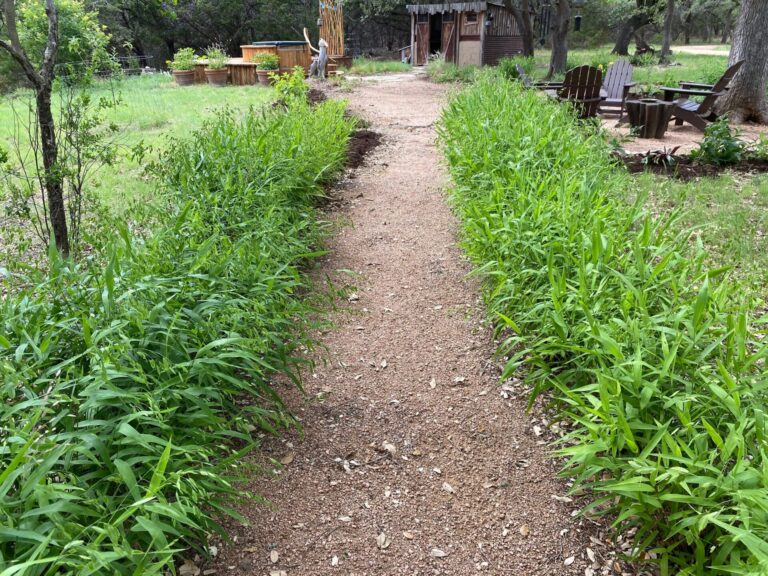The American Dream is evolving, and many people are starting to think less about a nice house in the suburbs and more about permaculture homesteads, natural building, tiny homes, rotational grazing, and off-grid dwellings out in nature. But as those who have given sustainable living a try know, having a beautiful vision of a self sustaining homestead is just the first step in a long process of hard work, trial and error, and creative adaptation. If you are one of the many people who feels called to the vision of a sustainable lifestyle on a permaculture-based homestead in Central Texas or beyond, this article will help guide you to making the right decisions, asking the right questions, and setting yourself up from the beginning for abundant success.
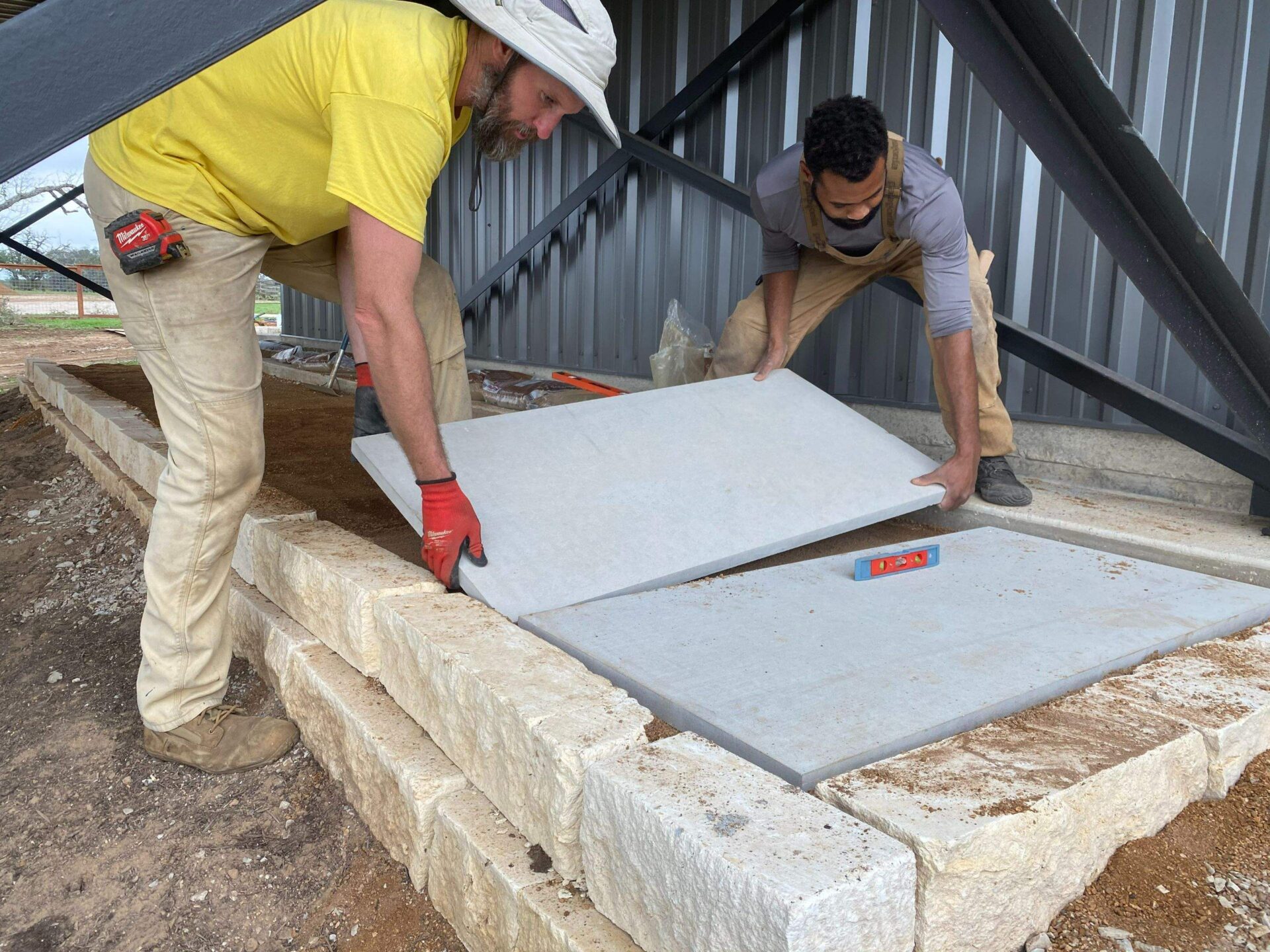
Clarifying your Goals
Before any major undertaking, it is important to have a clear understanding of what your specific goals are. For some people, simply acquiring some land out in nature and building it up over time with gardens and food forests might be the goal itself, but more specific goals like “growing most of my own food” or “living completely off the grid” require lots of planning, foresight, and time/money investment to actualize. Once you are able to crystalize what your goals are, you will be able to refer to that goal in all of the subsequent decisions- both small and large- that you make. As simple as this step sounds, it is definitely the most important and the key to the whole undertaking. We often help clients to clarify this vision using tools from Holistic Management and our experience building these systems to understand what’s truly feasible in their specific context.

Choosing the Right Land
Some of you may already have a piece of land picked out (or you may live on it already!) but for those who have yet to acquire their homestead property, choosing the right land is of paramount importance. What’s most important here is that the land, its location, and its features are all in alignment with your long term goals. If you want to grow lots of annual crops, for example, you’ll want to make sure you have the right soil and sunlight for such endeavors. If water independence is important, good pond sites with appropriate catchment sizes, or access to a year-round creek or well is a critical thing to look for (not every piece of land can have a well put on it!). Other concerns such as a property’s proximity to the closest city is another important factor that many people gloss over, as if you need to commute to work five days a week or want reasonable access to grocery stores, movie theaters, and music venues, a cheap chunk of acreage an hour away from civilization might not be the best fit for you. If you want to sell your produce then cost of land, existing infrastructure and available markets will be key considerations. Let us know if you need help clarifying your vision so you can purchase a property that suits your specific needs.
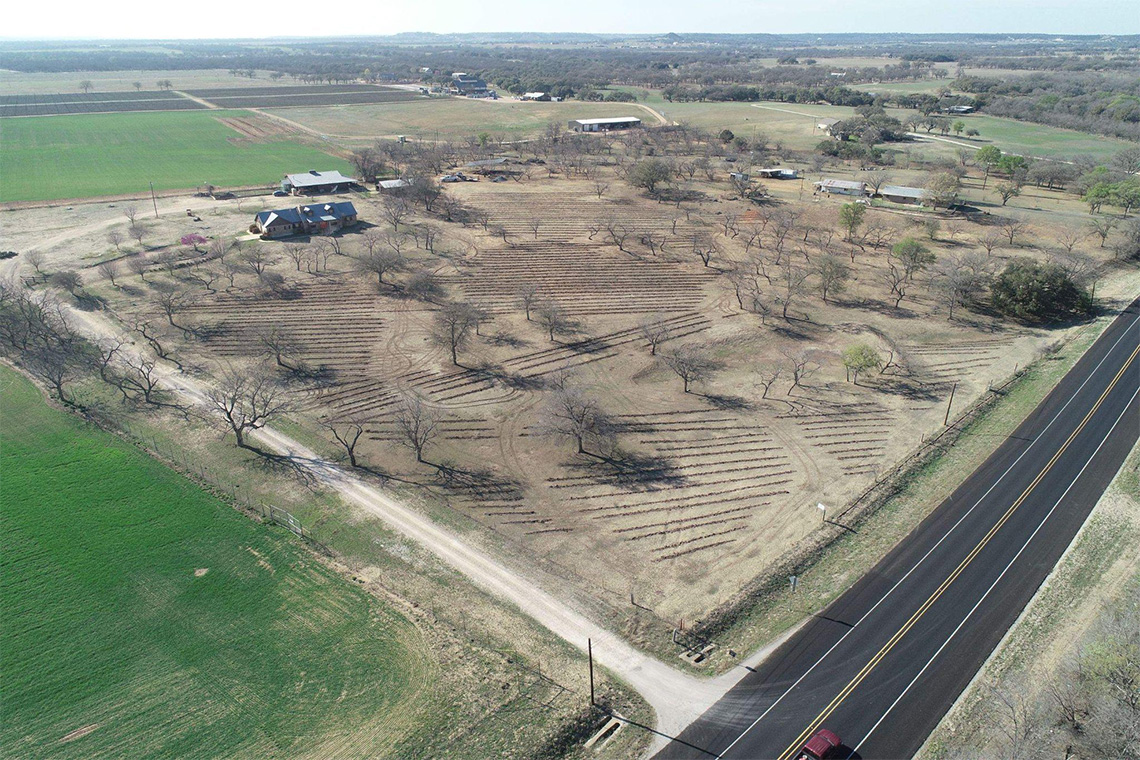
Water – Access – Structures
This tip is a familiar one for those who have completed a permaculture certification course, and it especially applies to anyone who is planning on developing bare land. When starting a design from raw or unimproved land, be sure to not let your imagination run wild placing gardens, hugelkultur beds, vineyards, and herb spirals all over the place right away. First, understand where water sits and flows through the property during rain events. If you want to put in ponds, diversion drains, or other large water features, it is much easier to do that first and foremost before developing anything else. Next, look at roads on the property. How can you access the different parts of the property, and do any new roads need to be put in? After understanding the flow of water and access on the property, then decide where your major structures will go. After these three core elements are in place, then it is time to get into placing features like gardens, food forests, animal enclosures, and so on. Nobody wants to wake up and realize they need to tear up their vegetable garden to build a diversion drain to guide water properly during large scale rain events!
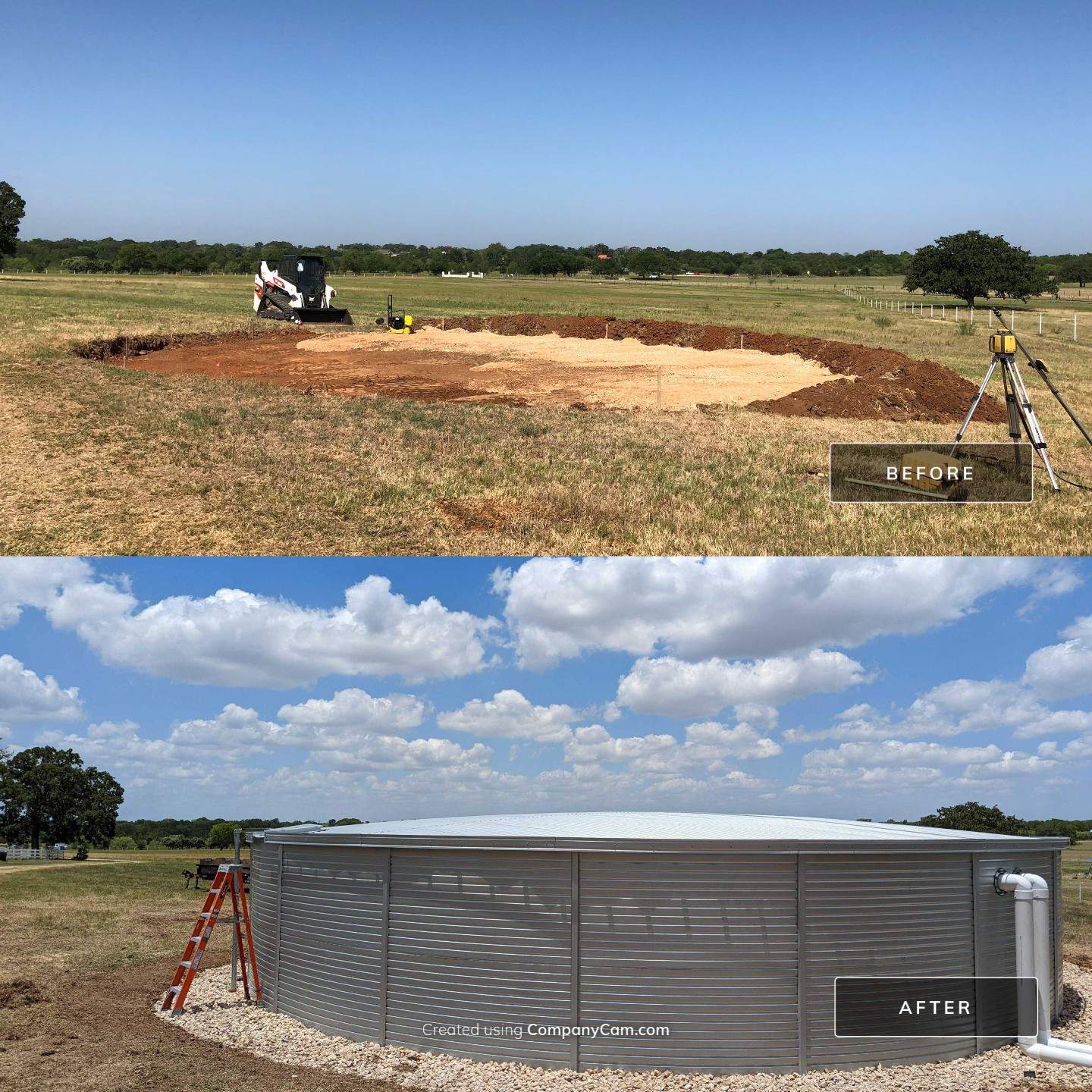
Deciding What to Grow and Raise
Anyone wanting to start a permaculture homestead in Central Texas is sure to have a long list of edible and useful plants they want to grow, and perhaps animals they want to raise. What’s important to keep in mind here is that you do not need to reinvent the wheel, in fact, there is an immense wealth of information all around you to show you what plants and animals thrive best in our climate and environment. If you want to start the first avocado orchard in Central Texas, that’s great, but rather than jumping into uncharted territory as a novice, it would be prudent to start your plans with a strong foundation of native and well adapted plants that have been proven over time to work in our climate. In addition to printed and online resources, local farmers are also an invaluable resource that can share their sometimes generations-long experiences with you about growing food and raising animals in Central Texas. This is a great opportunity to reach out to your local farming and permaculture communities and start your own endeavors based on the experience of those who have gone before you. Everybody wants to be the first person to have success with growing new crops in an area by using micro-climates or other inventive ideas but keep in mind that if you’re first everyone before you has failed, and studying what has already been tried will help you to not make the exact same mistakes.
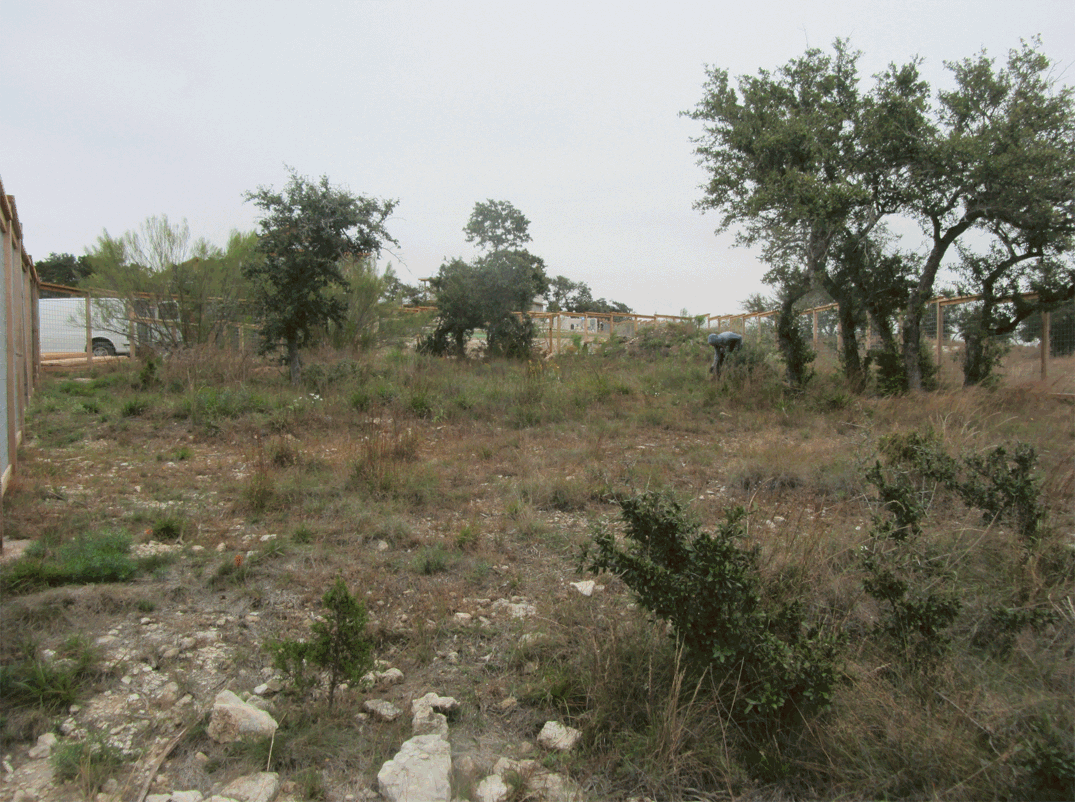
Financial Flows
Most people who are pursuing a permaculture lifestyle are trying to leave the “rat race” behind as much as they can, but in our modern society money is an important aspect to take into account, and it’s important to have a sustainable financial design. Do you have a steady job that will allow you to put disposable income into projects as they arise? If you do work 9-5, how much time can you invest in projects? Be realistic about what you can afford and when, and plan your projects accordingly. If you plan on supporting your homestead with cottage industries like food production, you need to put on your business hat, develop a business plan, and do it right. You need to make sure you have a realistic assessment of the costs of major things like constructing a natural home, putting in roads and fencing, getting a solar panel array, etc. These sound great but often come with a hefty cost in materials and labor. Facing financial realities from the start will help you to succeed in the long term. Be wary of people who say they built something for next to nothing as that often means they invested a ton of their time at no value and this only makes sense in a narrow band of contexts. That being said, we don’t think that growing your own food should cost an arm and a leg. We work within our client’s budgets and will always help them to understand what is realistically achievable within their specific context, that we’ve defined together. Most people feel that this isn’t the fun part of practicing permaculture and regenerative design, but good life planning is the foundation that you build everything else on so we implore you not to skip this step and ask for help if it’s too daunting a task to take on alone.


